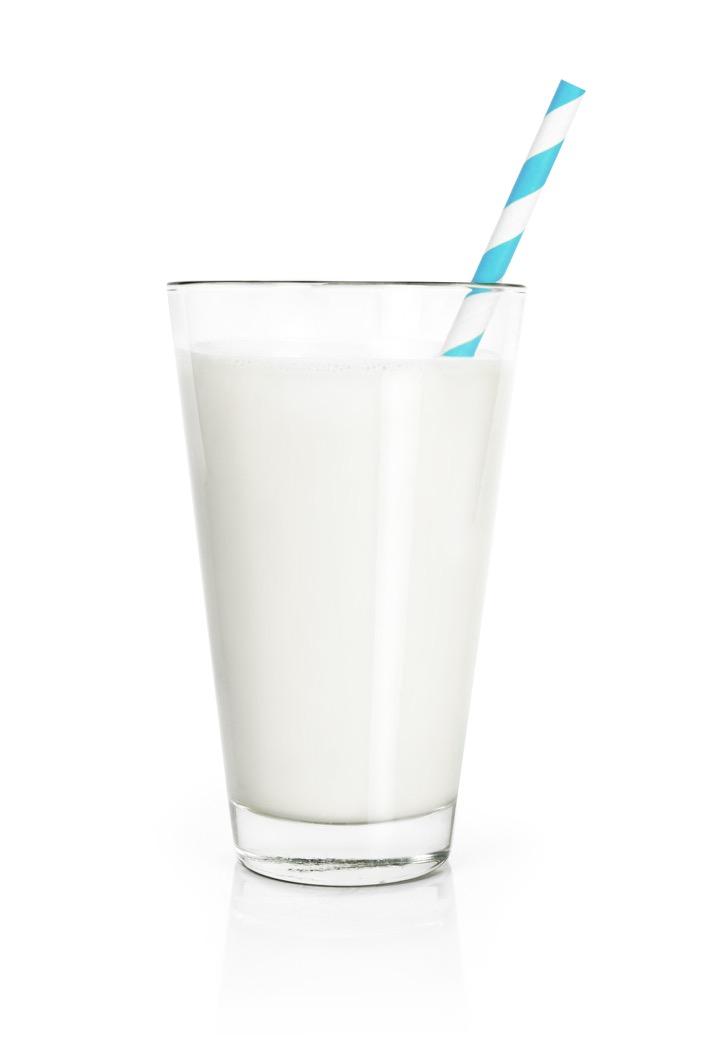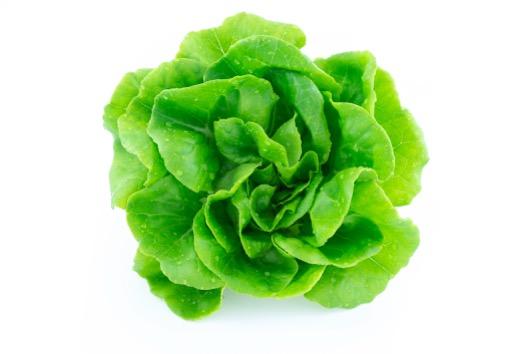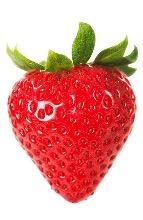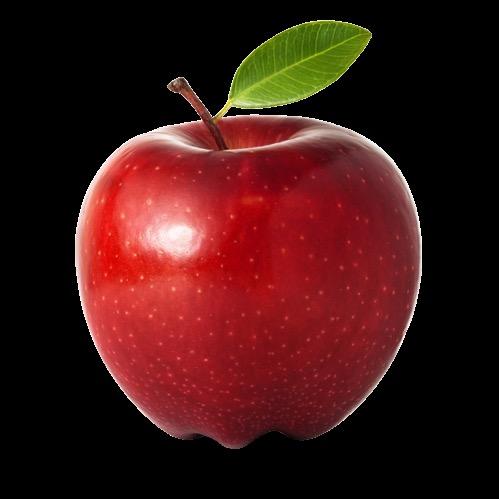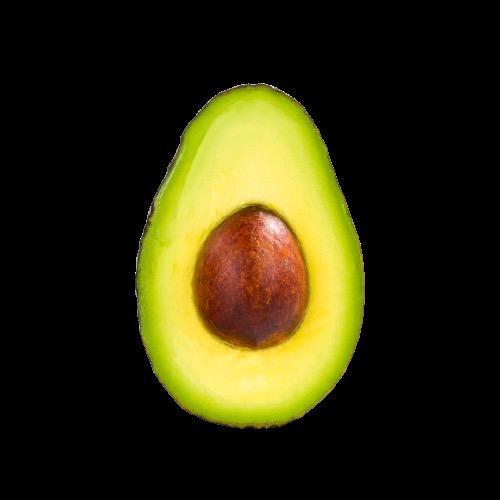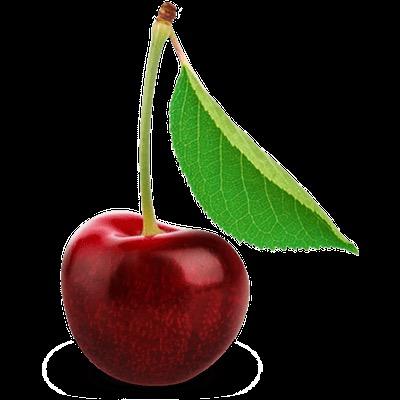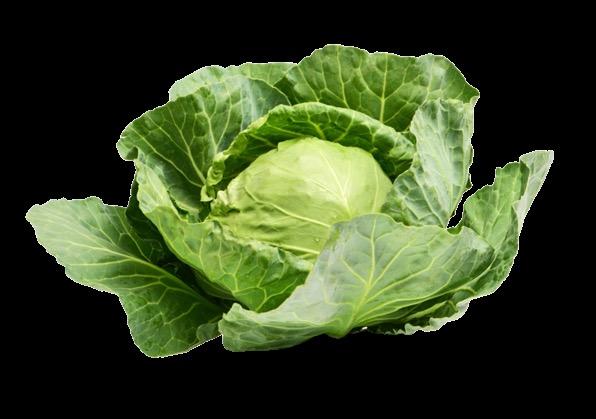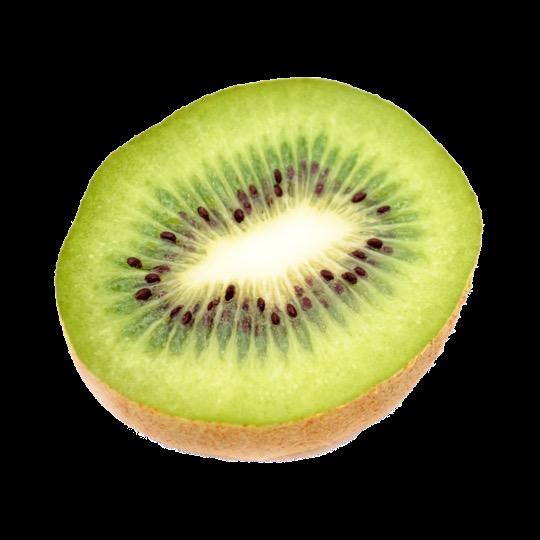

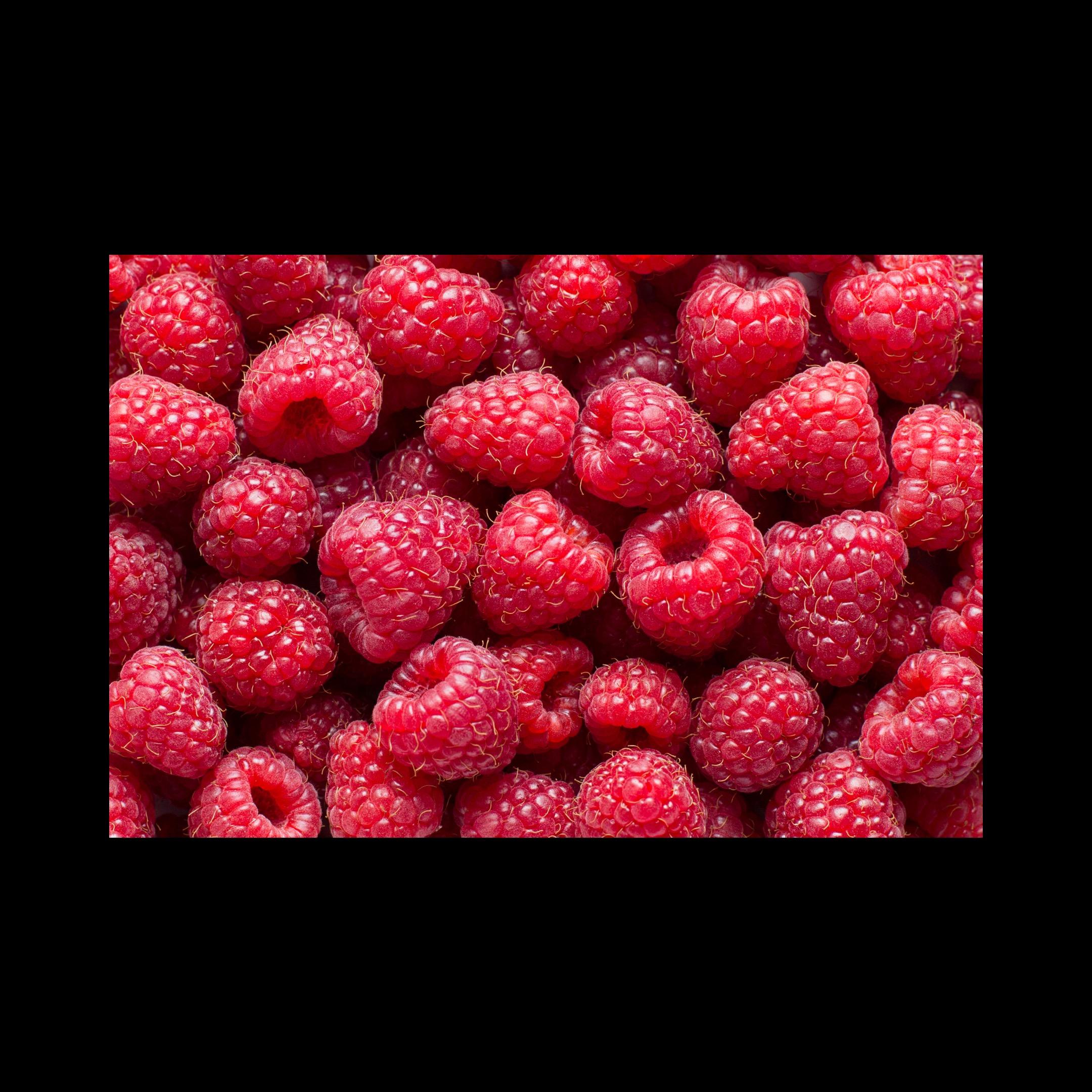
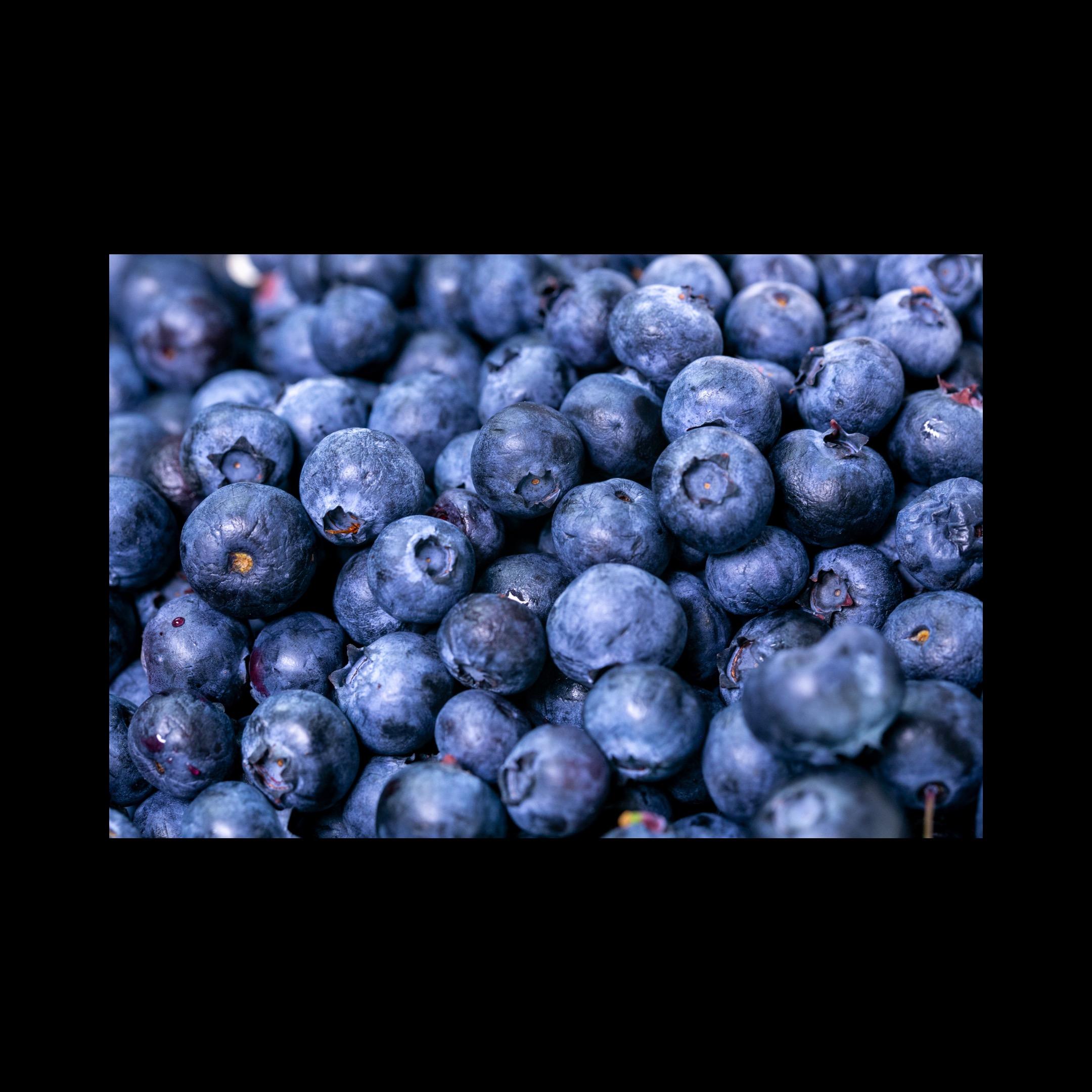
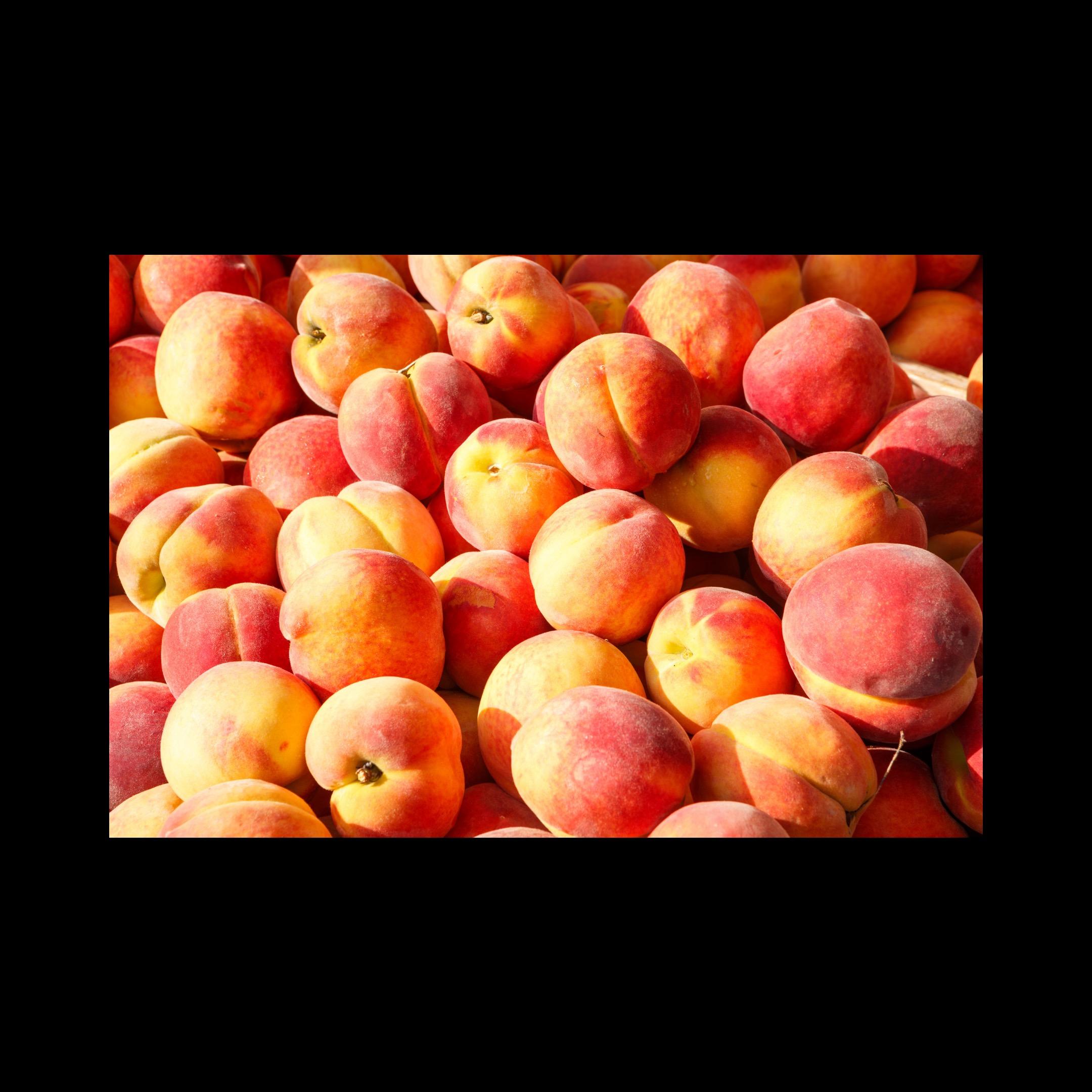








Yucaipa-Calimesa JUSD Child Nutrition is proud to be a second term grant recipient of the California Department of Food and Agriculture Farm to School Incubator Grant which allowed our department to fully purchase Fork Farms Hydroponic Indoor Gardening Systems for every Elementary School. In collaboration with Education Services and our Elementary STEAM teachers, students have access to grow their own fruits and vegetables. Lettuce continue the celebration, as we are also proud to announce that we have received the Innovation in Nutrition Education Recognition Award by the USDA & Action for Healthy Kids for our various Nutrition Education Programming District-Wide which has connected the classroom, cafeteria, and community through great collaboration with our kitchen leads, teachers, Education Services, STEAM team, students, parents, and administrators throughout this last year. These successful programs included our Old Grove Farm Field Trips, Old Grove Mini Farmers Markets, Harvest of the Month Program (HOTM), Wellness Wednesday Nutrition Education Newsletters, "Rethink Your Drink" events and our Hydroponics
Indoor Gardening systems district-wide. We are tremendously thankful for all of our amazing partners and grant funders that have truly allowed us to reach our hopes of "Making a Difference" in a nutritious and delicious educational way!


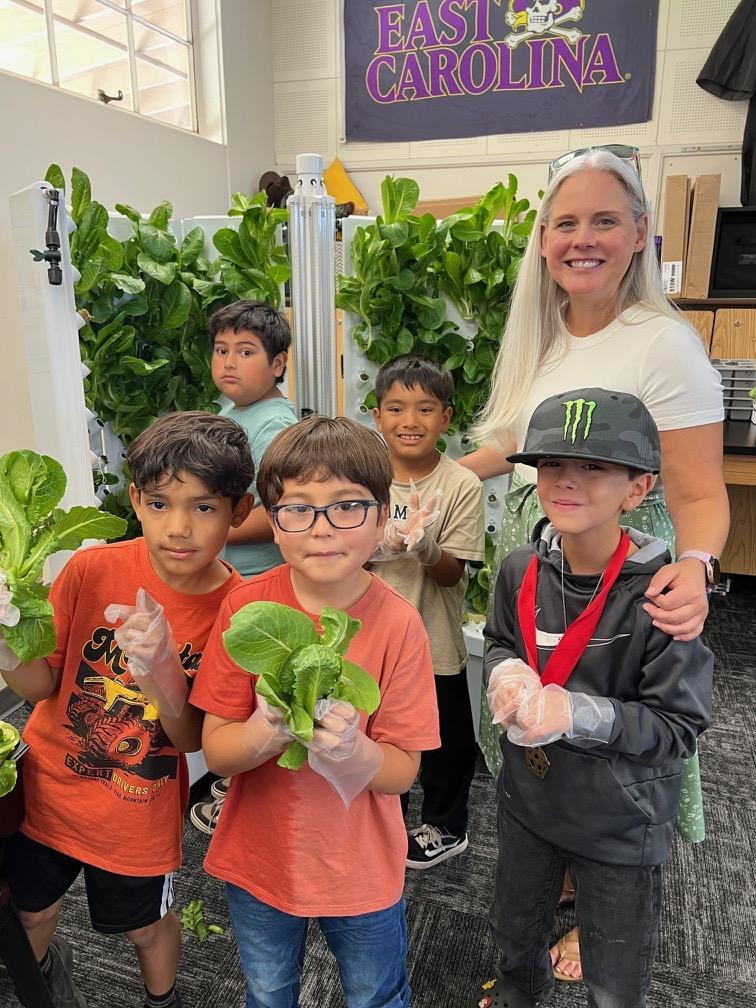








Raspberries are a type of aggregate fruit.

Raspberries are a part of the rose family.
1 raspberry plant can produce 300+ raspberries/year.
Raspberry plants can live for up to 10 years.

Aggregate fruits are a collection of drupelets held together.

Every raspberry contains 100-120 small seeds – 1 seed per “drupelet.”
Raspberries are related to blackberries.
200+ varieties of raspberries.
Red raspberries are the most common type of raspberry.
Raspberries can be red gold or Raspberries grow best in places with cool summers



Manganese supports the body’s energy levels & protecting its cells from damage.



Manganese is a trace mineral the body only needs small amounts of it.
Minerals, like manganese naturally




brain health. Foods like raspberries absorb minerals through their roots.
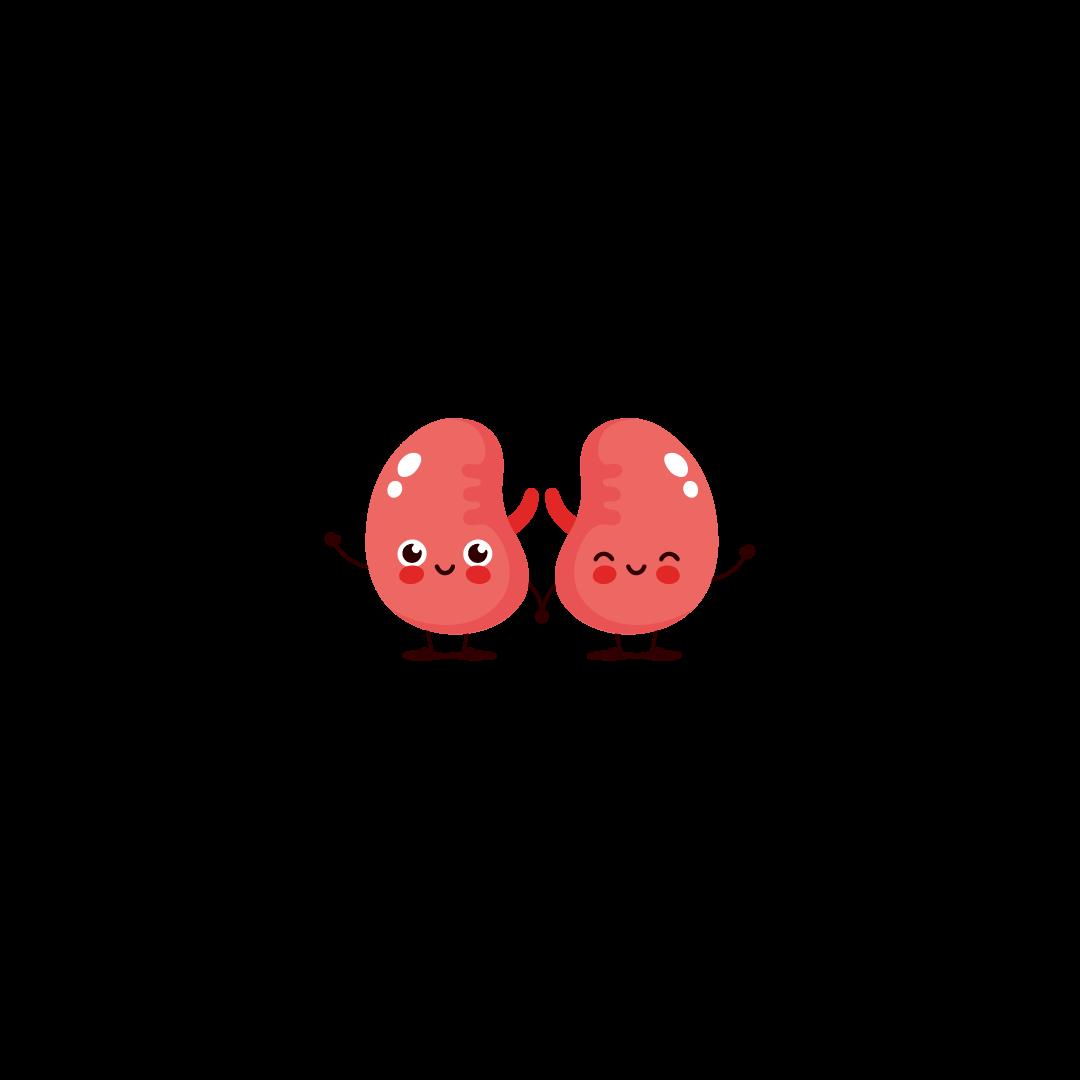
Manganese helps Manganese is


helps the body blood clots helping wounds heal faster!


the body’s defense against infections.



Blueberries are a type of fruit known for their mildly tarte taste.
The U.S. is home to around 102,000 acres of blueberries.
Blueberries are native to North America.
4 JULY is National Blueberry Month!
Highbush blueberries are the most common.

The waxy coating on blueberries is called “bloom.”

1 blueberry bush can produce 6,000 blueberries/year.
Blueberries are one the only food naturally blue in color.

Lowbush blueberries are smaller & sweeterperfect for making jam!


B Vitamins help support the body’s energy levels, brain function & cell metabolism
essential B vitamins:
Vitamin B1, Vitamin B2, Vitamin B3, Vitamin B5,

Vitamin B6, Vitamin B7, Vitamin B9 & Vitamin B12.
Water is needed to help the body absorb B vitamins.




B5, B12, C and E knock on your door…what do you do? blood cells.
B vitamins helps the body make energy from food.
be regularly consumed.
B vitamins plays a role in serotonin production. Serotonin makes us feel happy



Peaches are a type of stone fruit - a fleshy fruit that contains a hard “pit” inside.
Peaches come in two main categories – clingstone & freestone.
Freestone peaches are the most common.

There are over 300 varieties of peaches.

Peaches take 3-5 months to grow once pollinated.


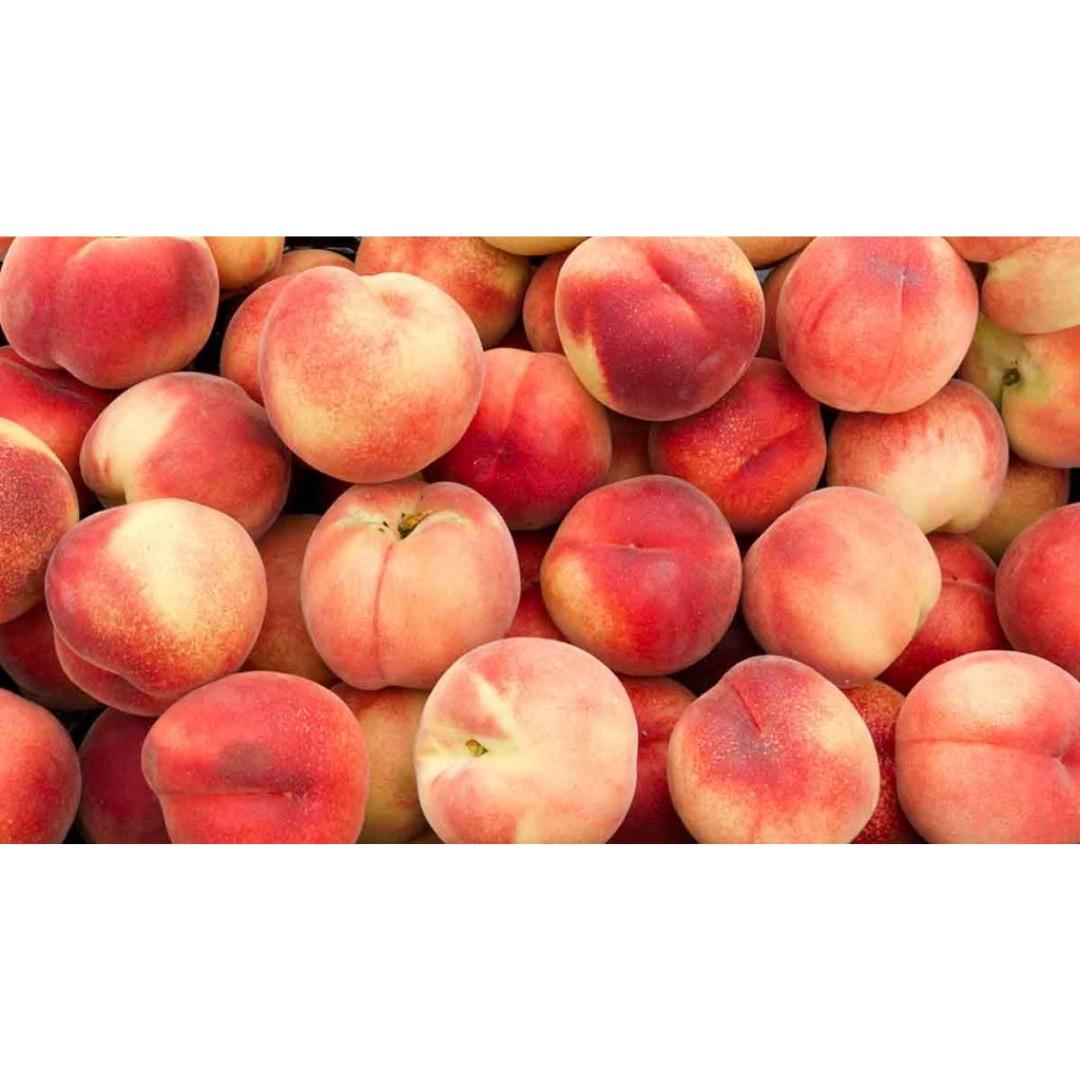

1 peach tree can produce up to 66 pounds of fruit each year.
Peaches are in peak season from June - the end of August.

Peach trees can produce fruit for 12 years. Peach trees usually grow to be around 25 feet tall.






Fiber supports movement through the digestive system
Fiber is a type of carbohydrate body doesn’t digest; it simply passes through.
Soluble fiber dissolves in water…it helps regulate blood sugar levels and removes cholesterol from

Insoluble fiber is sometimes referred to as “roughage. ”

2 types of fiber:

1. Soluble fiber
Insoluble fiber
Fiber is ONLY found in plant foods.
Dairy & meat products do not have any fiber.
Fiber helps to regulate the body’s use of sugar.
Insoluble fiber does not dissolve in water…it helps food move throughout the digestive system.
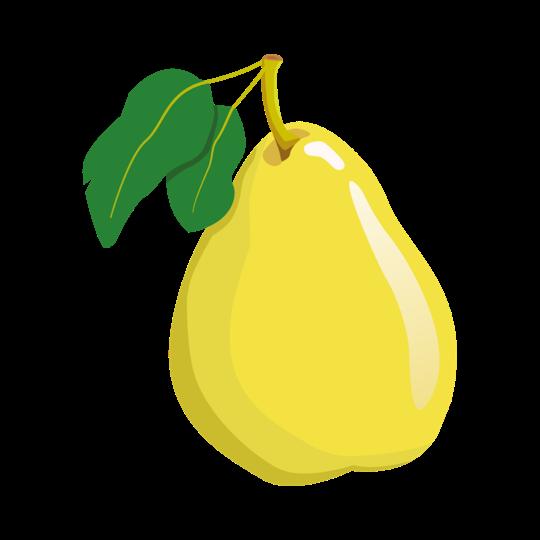

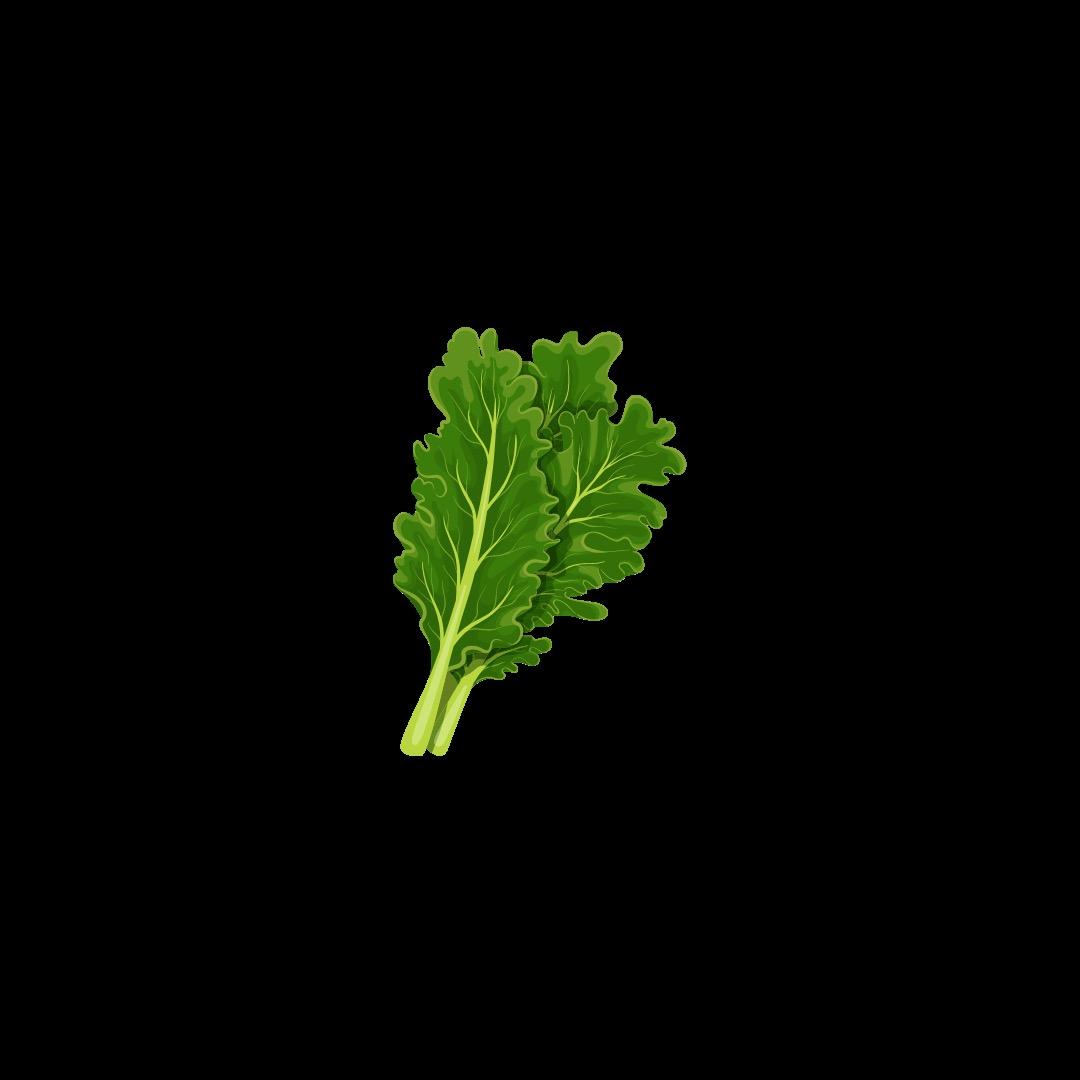
BOTH forms of fiber are important & beneficial to overall health.



Lettuce is a type of leafy green vegetable.



Lettuce plants grow to be 6 - 12 inches tall.
4.
Lettuce grows best in cooler climates.

Iceberg lettuce (also known as crisphead) is the most popular type of lettuce in the U.S.




Vitamin K supports proper blood function, bone growth & kidney health. The body has the ability to create vitamin K on its own.
2 main forms of vitamin K: K1 and K2.
Vitamin K is a fat-soluble which means…

It absorbs better into the body when eaten with foods with some fat like olive oil or avocados!

Vitamin K helps the body heal from wounds.

Vitamin K helps produce proteins that bind themselves to calcium - this helps build strong bones.


Vitamin K supports heart health .


Vitamin K is found throughout the body in the liver, brain, heart, pancreas & bones.
Vitamin K plays a role in proper blood function- specifically with clotting.
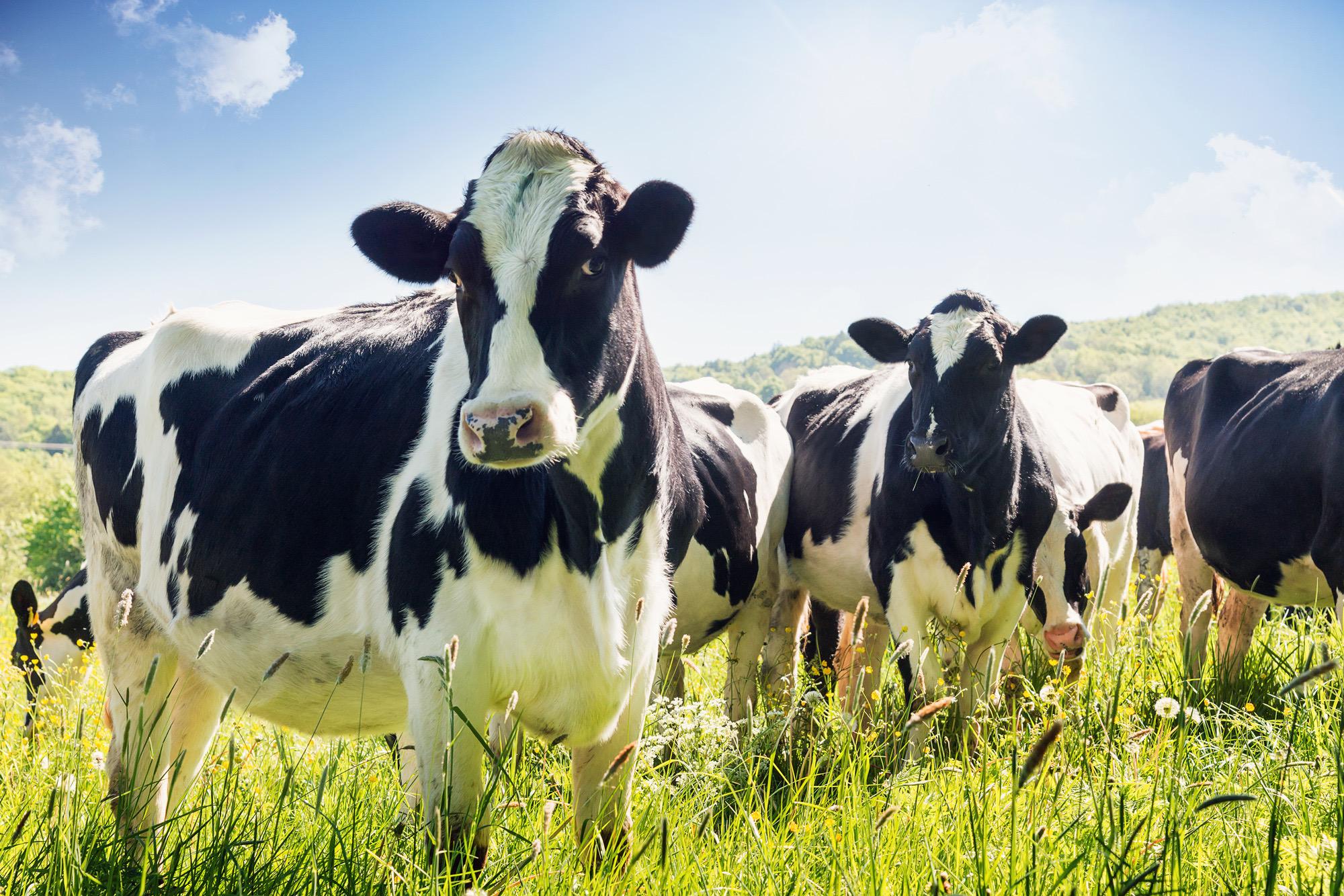


Milk is a type of dairy product –most commonly made from cows.
Milk is made up of 85-95% water with the rest being fats, proteins, carbohydrates & vitamins
Breeds of Dairy Cows: 6
1. Ayrshire
2. Brown Swiss
3. Guernsey
4. Holstein
5. Jersey


6. Milking Shorthorn
Holstein cows all have a unique pattern of spots!
1 cow produces around 6 gallons of milk per day.
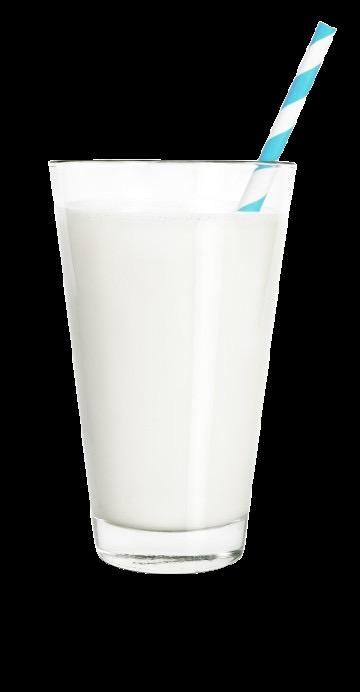
Cows can SEE almost 360 degrees and SMELL up to 6 miles away!









Protein builds, maintains and replaces the tissues in the body.
Protein helps to transport & store nutrients throughout the body.
18 - 20% of the body is protein.

EVERY cell in the human body contains protein.
The body cannot store protein long term… which is why protein needs to be consumed daily.

Protein is made

blocks.

Protein plays a big role in building and repairing muscles.
Protein is a MACRONUTRIENT . A macronutrient is a nutrient that the body needs in LARGE
Protein helps maintain fluid balance throughout the body.




